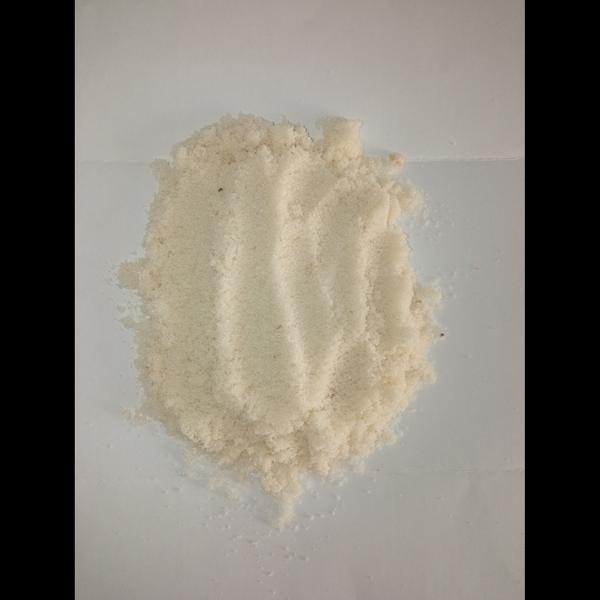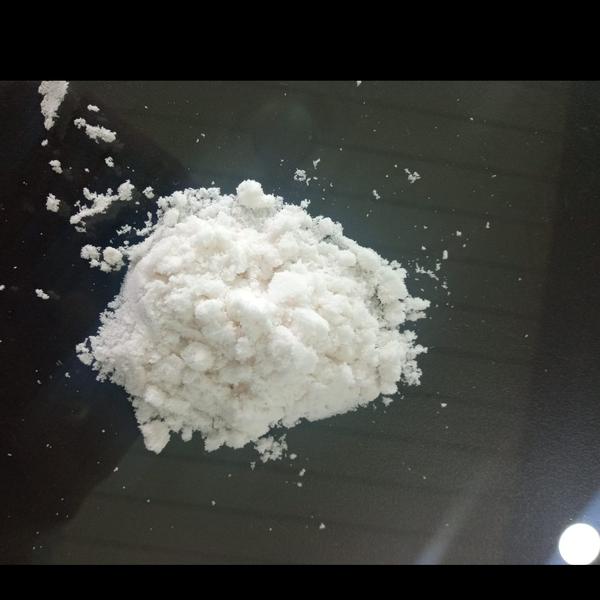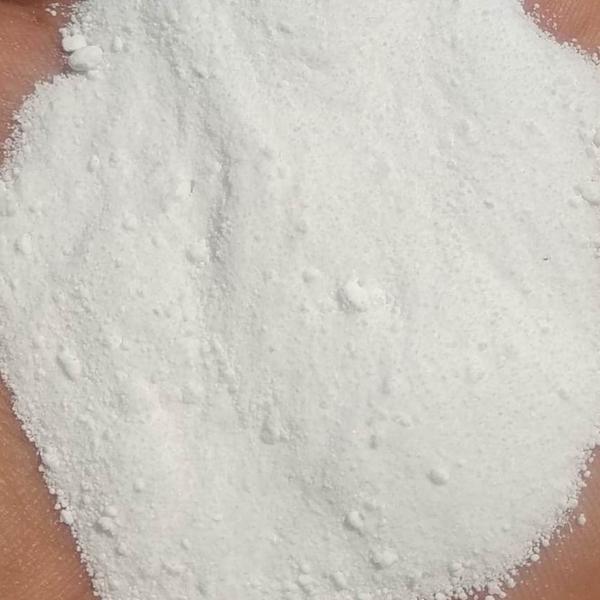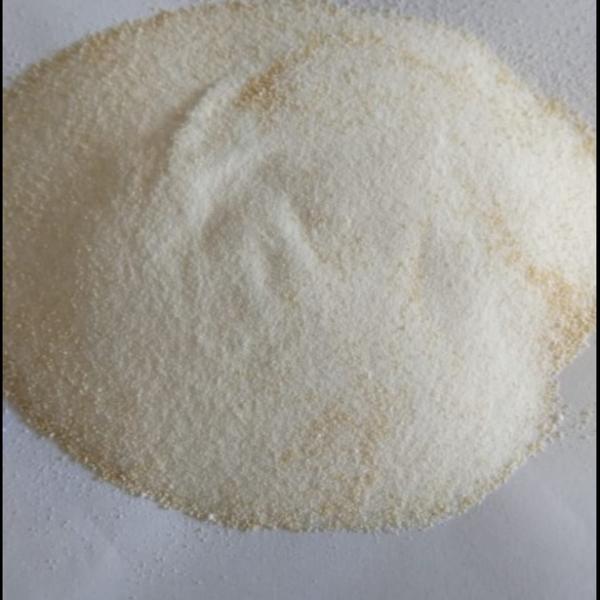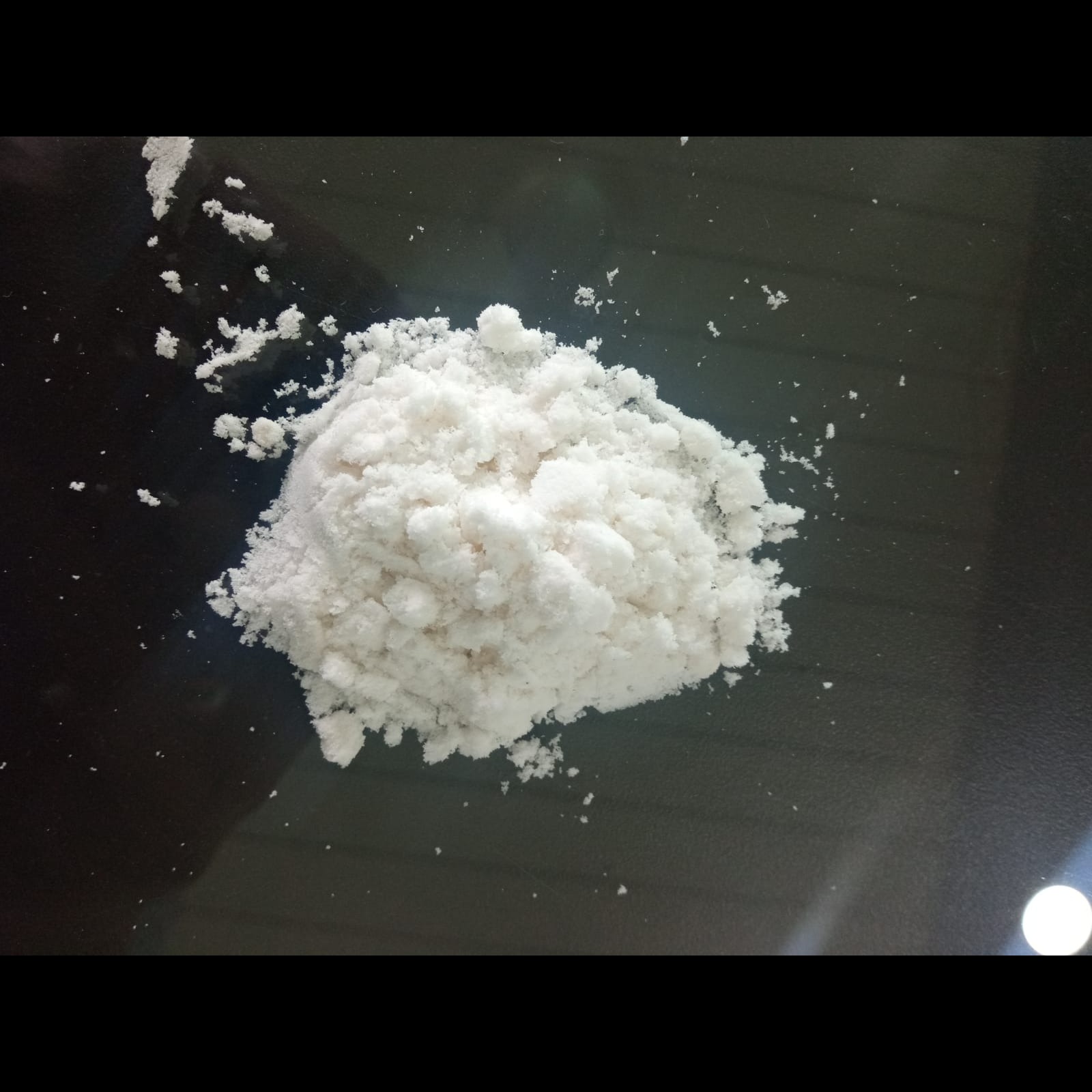
Sodium Sulphate Decahydrate (Na₂SO₄·10H₂O) — also called Glauber’s Salt — is used for thermal energy storage (TES) and how the process works scientifically and industrially.
🔷 1. Introduction: What is Sodium Sulphate Decahydrate (Glauber’s Salt)?
Chemical formula: Na₂SO₄·10H₂O
Common name: Glauber’s Salt
Molecular weight: 322 g/mol
Melting point: ~32–33°C
Latent heat of fusion: ≈ 254 kJ/kg
This high heat of fusion makes it excellent for storing and releasing thermal energy — particularly in phase change material (PCM) systems for low-temperature thermal energy storage.
🔷 2. Concept: How Thermal Energy Storage (TES) Works
In TES systems using phase change materials (PCMs), the material absorbs heat when melting and releases heat when solidifying — without a large change in temperature.
Example:
When Glauber’s salt melts (solid → liquid) at 32°C:
Na₂SO₄
cdotp
10H₂O (solid)
→
heat absorbed
Na₂SO₄ (aqueous)
+
10
𝐻
2
𝑂
Na₂SO₄cdotp10H₂O (solid)
heat absorbed
Na₂SO₄ (aqueous)+10H
2
O
This process stores energy as latent heat.
When the system cools:
Na₂SO₄ (aqueous)
+
10
𝐻
2
𝑂
→
heat released
Na₂SO₄
cdotp
10H₂O (solid)
Na₂SO₄ (aqueous)+10H
2
O
heat released
Na₂SO₄cdotp10H₂O (solid)
The salt crystallizes, releasing stored heat at almost constant temperature (~32°C).
🔷 3. Step-by-Step Working Process
Step 1: Charging (Heat Storage)
When the ambient or supplied temperature rises above 32°C, Glauber’s salt melts.
During melting, it absorbs heat energy from the environment (e.g., solar collectors or hot air).
The material becomes a liquid solution — storing energy as latent heat of fusion.
Step 2: Storage Phase
The molten Glauber’s salt is stored in insulated containers (often in steel or HDPE tanks).
It stays stable for several hours to days, maintaining its temperature near the melting point.
Step 3: Discharging (Heat Release)
When the temperature drops below 32°C, the solution starts crystallizing back to solid decahydrate.
The latent heat is released in this phase, providing warmth to the surroundings.
This energy can be used for:
Space heating
Drying operations
Greenhouse heating
Domestic hot water preheating
🔷 4. System Design Example (Simplified)
Component Purpose
PCM tank (Glauber’s salt) Stores the heat
Heat exchanger tubes Transfers heat in/out
Solar collector / Electric heater Provides input heat
Insulation layer Minimizes losses
Water or air circulation Transfers useful heat to application
🔷 5. Advantages of Glauber’s Salt as PCM
✅ High latent heat capacity → stores large amounts of energy per unit mass.
✅ Stable phase change temperature (32°C) → ideal for comfort heating.
✅ Inexpensive & non-toxic → readily available and environmentally safe.
✅ Good thermal conductivity compared to organic PCMs like paraffin.
🔷 6. Challenges & Modifications
Despite its benefits, raw Glauber’s salt has some issues:
Issue Explanation Solution
Phase separation Water separates after multiple cycles Add thickening agents (e.g., sodium carboxymethyl cellulose, bentonite)
Supercooling Crystallization delayed Add nucleating agents (e.g., borax, Na₂B₄O₇·10H₂O)
Volume change Expansion during melting Design flexible storage containers
By adding stabilizers, Glauber’s salt becomes reliable for hundreds of heat–cool cycles.
🔷 7. Industrial & Commercial Applications
Application Use of Sodium Sulphate Decahydrate
Solar water heating Stores heat during the day, releases at night
Building HVAC systems Thermal regulation for walls or ceilings
Refrigeration backup Maintains cold chain stability during power outages
Greenhouses Keeps temperature stable for crops
Thermal energy recovery systems Stores waste heat from industrial exhausts
🔷 8. Energy Example Calculation
For 1 kg of Glauber’s salt:
Latent heat = ~254 kJ/kg
So, 10 kg can store ≈ 2540 kJ (≈0.7 kWh) of thermal energy at 32°C.
That’s enough to maintain a small room’s temperature for several hours.
🔷 9. Summary of Benefits
Property Value Importance
Melting point 32–33°C Ideal for space heating
Latent heat 254 kJ/kg High storage density
Reusability 100s of cycles Long operational life
Cost Low Economical PCM
Safety Non-toxic Environment-friendly
Sodium Sulhate in heat storage by Laxmi Enterprise, Vadodara, Gujarat, India.
• Sodium Sulphate for Sale
• Sodium Sulphate Supplier
• Sodium Sulphate Manufacturers
• Sodium Sulphate Exporter
• Sodium Sulphate Powder
• Industrial Grade Sodium Sulphate
• Anhydrous Sodium Sulphate
• Sodium Sulphate Bulk Supply
• Sodium Sulfate Distributor
Keywords
Sodium sulphate stability in thermal storage
Cost-effective PCM for heat storage
Sodium sulphate for space heating
Industrial sodium sulphate exporter Gujarat
Sodium Sulphate heat release process
Thermal energy storage system design
Sodium Sulphate heat storage applications
Phase change material for low-temperature thermal energy
Glauber’s Salt thermal energy storage
Sodium Sulphate Decahydrate heat storage

